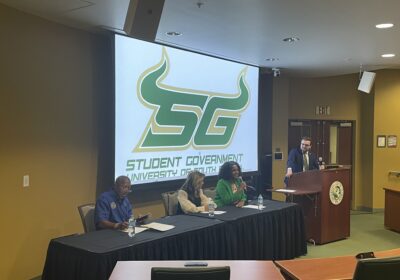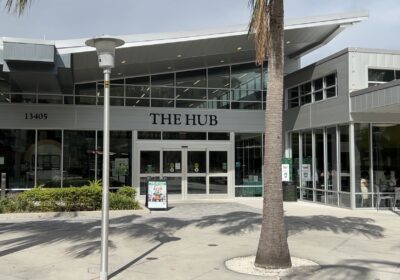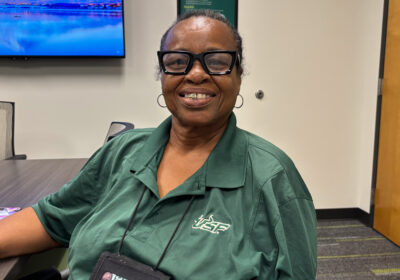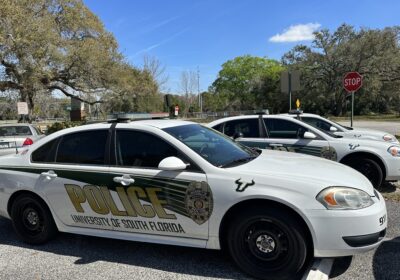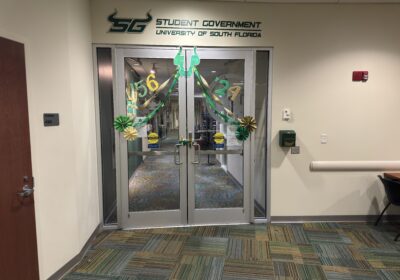USF, Hillsborough County establish on-campus testing site
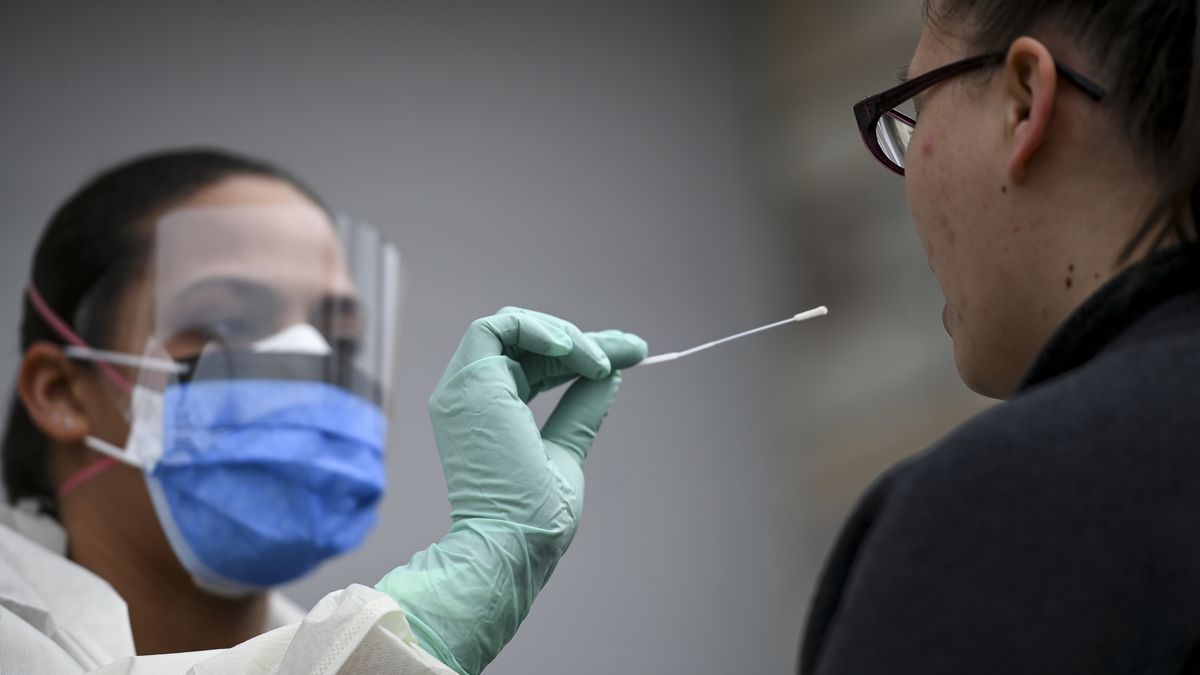
Under a partnership with Hillsborough County, USF will open a testing site Aug. 13 and offer free COVID-19 tests for students, faculty and staff, as well as surrounding communities.
The testing site will be located at the USF Health-Therapy building on East Fletcher Avenue. The testing center will operate Monday through Friday, from 8 a.m. until noon and will offer up to 200 RT-PCR tests a day, according to USF COVID-19 Task Force Chair and Dean of the College of Public Health Donna Petersen.
Depending on the demand, Petersen said the number of tests available could increase. Students can schedule an appointment through Student Health Services.
“So, right now, we’re looking at 200 a day but we can always ramp up,” Petersen said in an interview with The Oracle. “There’s not a limitation, it’s just what we’re anticipating and again we’re working with the county. And that was their best guess for where we should start, but we’ll see if the demand is greater than that we can expand the numbers, or we can expand the number of hours.”
When it comes to the costs, Petersen said the county will be supplying all tests and materials. The university contribute with volunteers to operate the testing site.
While Student Health Services already offers COVID-19 testing to students, Petersen said the site will make tests more accessible to the USF community and the county.
Petersen said there will be sites within the facility designated for students, county citizens and USF Health patients. All results will be administered by the county and, depending on the lab, could take up to a few days or weeks to be sent back to patients.
“The county has different contracts with different laboratories and sometimes, you know, we don’t know where they always go,” Petersen said. “No questions, a nationwide company. So, I’m not entirely sure how that works but we have to use the services that are out there.”
With the fall semester starting Aug. 24, the testing site is among several initiatives by the university to prepare campus for the return of students.
On Friday, President Steven Currall announced the start of a modified phase II of the Resuming University Operations Amid a Global Pandemic plan as a result of the “evolving nature of COVID-19 and our understanding of the virus.”
Petersen said the transition into the modified phase II was due to the three-week decline in the number of positive cases around the state.
“We were encouraged but we kept watching and it kept going down, moving in the right direction,” Petersen said. “So all those indicators have been moving in the right direction, which is a decline for over three weeks. We really waited to make sure that what we were seeing was real and indicated that it was within our guidelines to go ahead and move to phase II.”
While up to 50 percent of faculty and staff are allowed to return to campus during phase II, Petersen said there won’t be a percentage allowed per students, but rather it will depend on class schedules.
“We’re monitoring very closely the data and how students are enrolling and what classes they are choosing,” Petersen said. “We can only accommodate so many students in a classroom and they have to be able to be 6 feet apart. So those large classes, including lecture halls, had to be moved online.”
Based on face-to-face courses available, approximately 50 percent or fewer students will be back on campus, according to Petersen.
Prior to the start of the fall semester, students, staff and faculty are required to fill out the Return to Campus COVID-19 assessment to evaluate the health status of those planning to return to campus.
“If anyone answers a question in a way that causes us concern, it’s flagged and the responders will get a message at the end that says ‘you have not been cleared to return to campus,’” Petersen said. “No one should get alarmed if they get that message, we are following up as quickly as we can on each one of those … until you’ve submitted a test result you can’t be clear.”
The assessment was released July 30 and, as of Aug. 9, 59 percent of students have completed it, according to Petersen.
In addition, students, faculty and staff planning to be on campus will have to fill out a daily symptom check each day they are on campus. If the survey is not filled out, the university will send reminders until it’s completed.
“The first question is do you plan to be on campus today and if the answer’s no then you’re good,” Petersen said. “If you say yes then it will ask you a few questions about how you’re feeling. That will be sent daily to students that said yes on the [Return to Campus COVID-19 assessment].”
While the survey will track and monitor the health status of those intending to return to campus, Petersen said it will rely on honesty from the community.
“A lot of this relies on faith and trust that people will do the right thing because they understand why we’re asking them to do it,” Petersen said. “Anyone can ask you on campus to show them your green check and, if you don’t have that, then there are consequences for that behavior and not following the rules.”
From providing testing to monitoring the community’s health, Petersen said the university is “doing everything possible to make it easy for people to help reduce the spread of the virus all across our campuses.”
“We do believe we’re doing everything within our power to do right now, understanding that this virus, you know, is not easy and it’s given us a run,” Petersen said. “But we’re confident that we’re doing what we need to do again to make it easy for people to follow the preventive measures and help us keep case numbers down on our campus.”

